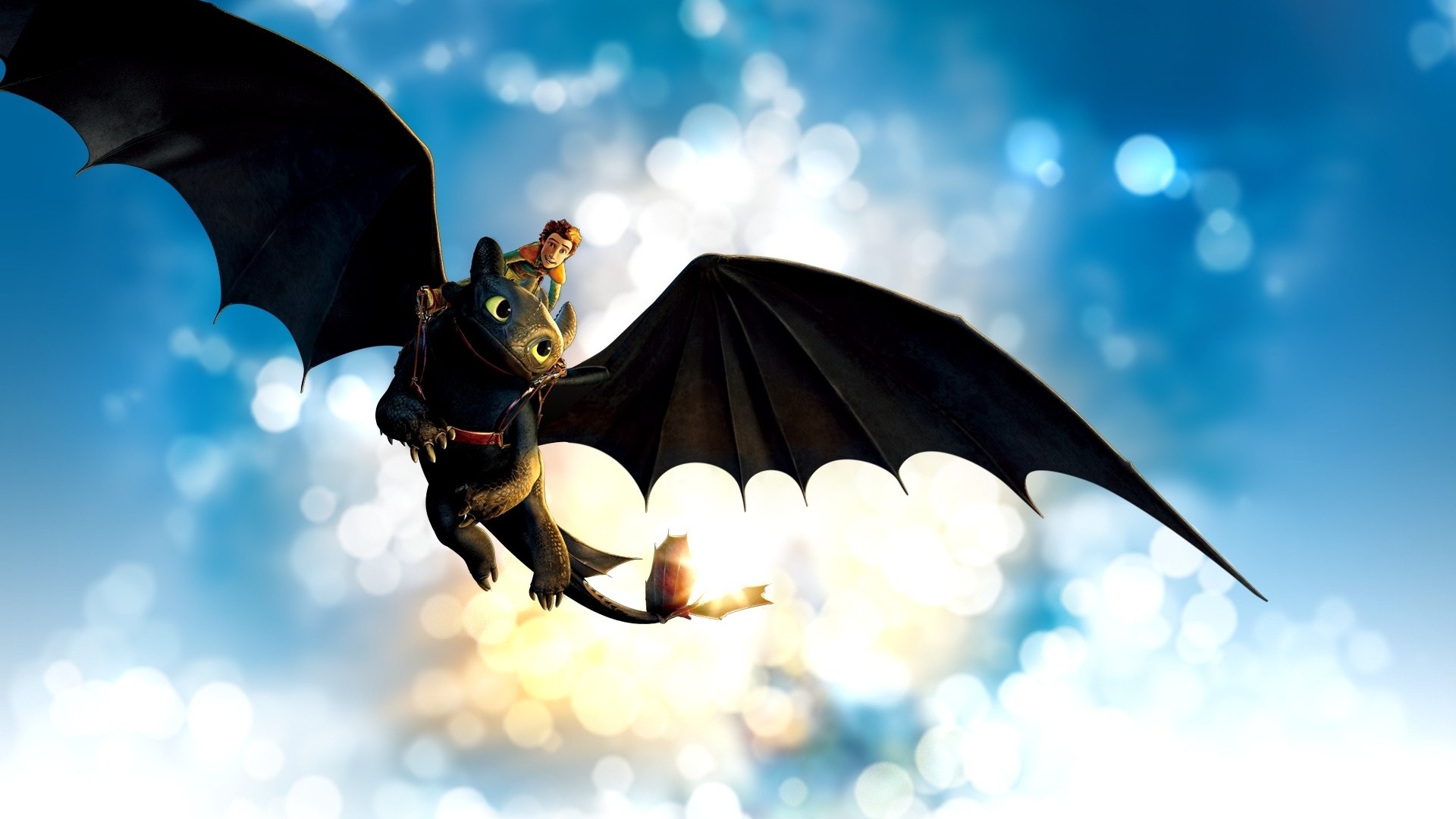
Nascimento: 6 de Janeiro de 1927 (57 years)
Falecimento: 19 de Setembro de 1984
New York City - Estados Unidos da América
Stan Vanderbeek (January 6, 1927 - September 19, 1984) was an American experimental filmmaker.
VanDerBeek studied art and architecture first at Cooper Union College in New York and then at Black Mountain College in North Carolina, where he met architect Buckminster Fuller, composer John Cage, and choreographer Merce Cunningham.
VanDerBeek began his career in the 1950s making independent art film while learning animation techniques and working painting scenery and set designs for the American TV show, Winky Dink and You. His earliest films, made between 1955 and 1965 mostly consist of animated paintings and collages, combined in a form of organic development. VanDerBeek's ironic compositions were created very much in the spirit of the surreal and dadaist collages on Max Ernst, but with a wild, rough informality more akin to the expressionism of the Beat Generation. In the 1960s, VanDerBeek began working with the likes of Claes Oldenburg and Allan Kaprow, as well as representatives of modern dance, such as Merce Cunningham and Yvonne Rainer.
Building his Movie Drome theater at Stony Point, New York, at just about the same time, he designed shows using multiple projectors. These presentations contained a very great number of random image sequences and continuities, with the result that none of the performances were alike.
His desire for the utopian led him to work with Ken Knowlton in a co-operation at Bell Labs, where dozens of computer animated films and holographic experiments were created by the end of the 1960s. Between 1964 and 1967 Vanderbeek created Poem Field, a series of 8 computer-generated animations with Ken Knowlton. During the same period, he taught at many universities, researching new methods of representation, from the steam projections at the Guggenheim Museum to the interactive television transmissions of his Violence Sonata broadcast on several channels in 1970.
He ran the University of Maryland, Baltimore County visual arts program until his death.
Major Works:
After Laughter (1981)
Dreaming (1980)
Plato’s Cave Inn (1980)
Mirrored Reason (1980)
Euclidean Illusions (1978)
Color Fields (1977)
You Do, I Do, We Do (1972)
Who Ho Ray No.1 (1972)
Videospace (1972)
Symmetricks (1972)
Transforms (1970)
Film Form No.2 (1970)
Film Form No.1 (1970)
Newsreel of Dreams No.2 (1969)
Found Film No.1 (1968–70)
Will (1968)
Super-Imposition (1968)
Oh (1968)
Vanderbeekiana (1968)
Newsreel of Dreams No.1 (1968)
Poem Field No.7 (1967)
The History of Motion in Motion (1967)
Spherical Space No.1 (1967)
Free Fall (1967)
Poem Field No.5 (1967)
Panels for the Walls of the World (1967)
Man and His World (1967)
Poem Field No.1 (1967)
See, Saw, Seems (1967)
Poem Field No.2 (1966)
Feedback (1965)
Variations No.5 (1965)
The Human Face Is a Monument (1965)
Phenomenon No.1 (1964)
Breathdeath (1964)
Summit (1961–62)
Snapshots of the City (1961)
Blacks and Whites in Days and Nights (1960)
Skullduggery (1960)
Achoo Mr. Keroochev (1959)
Science Friction (1959)
Dance of the Looney Spoons (1959)
Wheeeeels No. 2 (1959)
Visioniii (1958)
Wheeeeels No.1 (1958)
Ala Mode (1958)
One and Yet (1957–58)
Astral Man (1957)
Mankinda (1957)
What Who How (1957)

/media/movies/covers/2018/06/vaaaaa_7ZcZIjH.png)
/media/movies/covers/2023/08/funestte_GsdA6Ae.jpg)
/media/movies/covers/2018/05/sym.jpg)
/media/movies/covers/2018/03/film_DaZi0qE.jpg)
/media/movies/covers/2023/08/funestte_yqjkdKl.jpg)
/media/movies/covers/2023/08/funestte_50j6eu2.jpg)
/media/movies/covers/2023/06/funestte_HBuqLxG.jpg)
/media/movies/covers/2018/02/poem.jpg)
/media/movies/covers/2018/05/spher.png)
/media/movies/covers/2018/05/amer_0BMGyIj.png)
/media/movies/covers/2018/05/pir.png)
/media/movies/covers/2023/07/funestte_CxheAPl.jpg)
/media/movies/covers/2018/05/si9t.jpg)
/media/movies/covers/2018/05/phe.jpg)
/media/movies/covers/2018/05/trhrh_yZxaZya.png)
/media/movies/covers/2018/05/fluidd_zEGInRB.png)
/media/movies/covers/2018/05/amee_B3Fbiht.png)
/media/movies/covers/2018/02/breath.jpg)
/media/movies/covers/2018/05/sku.jpg)
/media/movies/covers/2018/05/the_7Jug1Q0.jpg)
/media/movies/covers/2017/11/178799-achooo-mr-kerrooschev-0-150-0-225-crop.jpg)
/media/movies/covers/2018/05/black.jpg)
/media/movies/covers/2018/02/cienc.jpg)
/media/movies/covers/2018/05/loo.jpg)
/media/movies/covers/2018/05/astra.jpg)
/media/movies/covers/2020/11/funestte_Ijv3688.jpg)
/media/movies/covers/2018/05/street_j67MM2t.png)
/media/movies/covers/2018/02/a_la_mode.jpg)
/media/movies/covers/2018/02/hel.jpg)
/media/movies/covers/2018/05/what.jpg)
/media/movies/covers/2018/05/mankinda_pb3Qd1w.jpg)